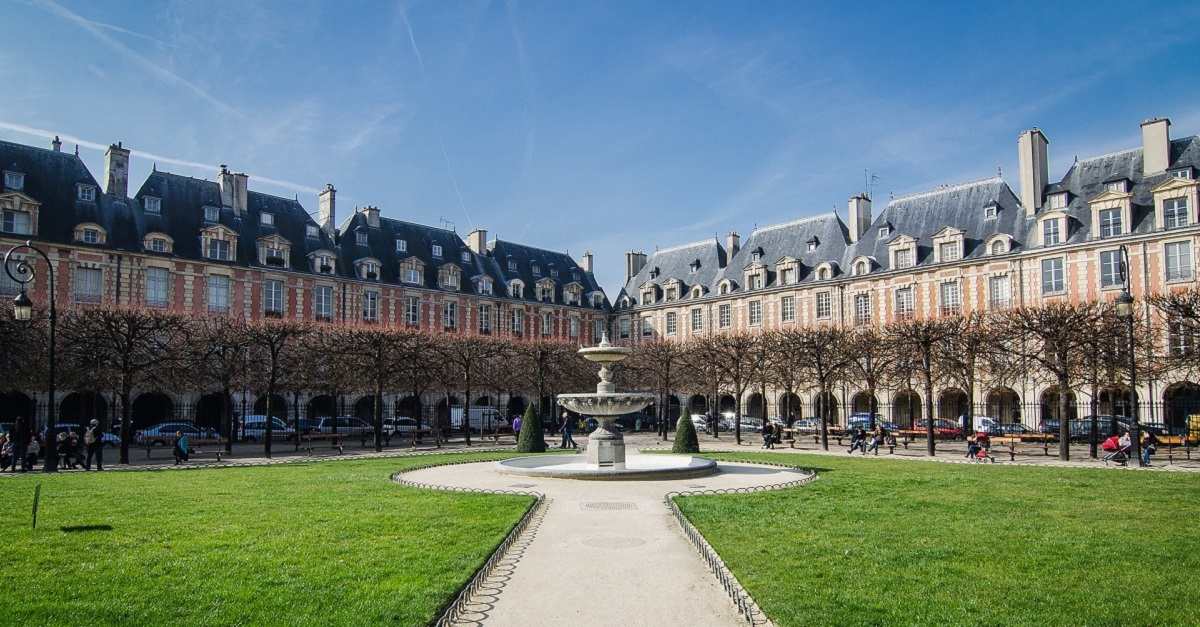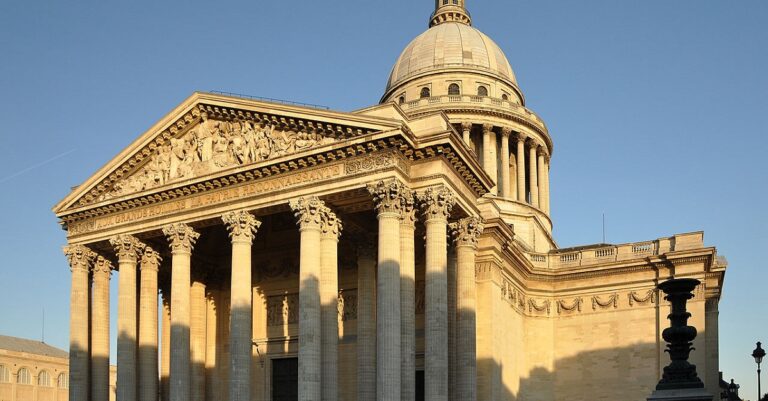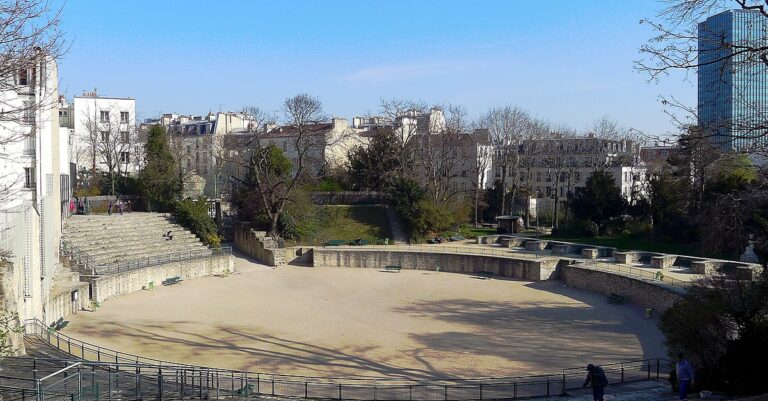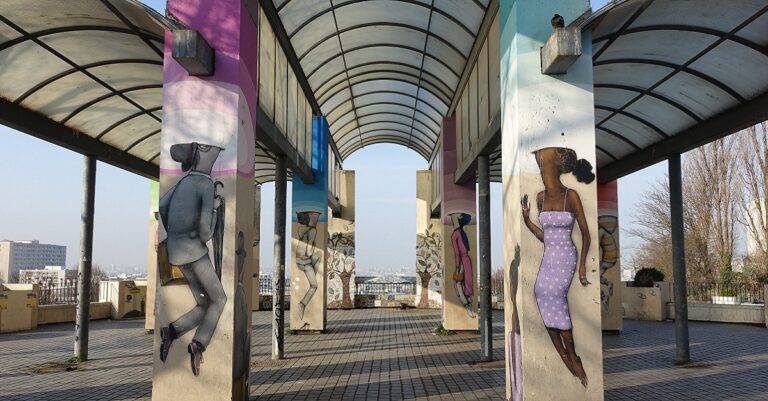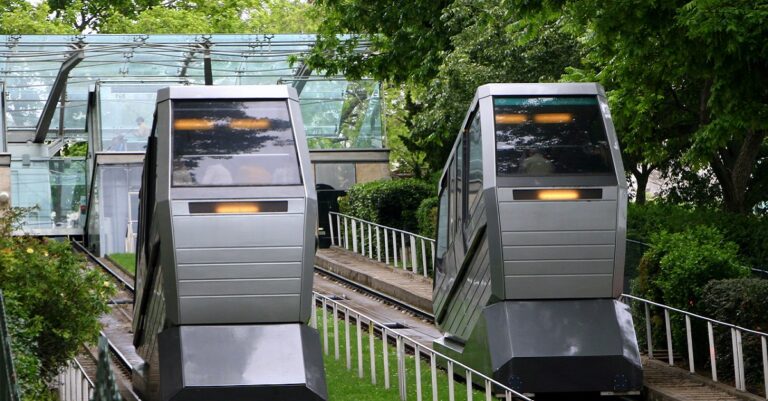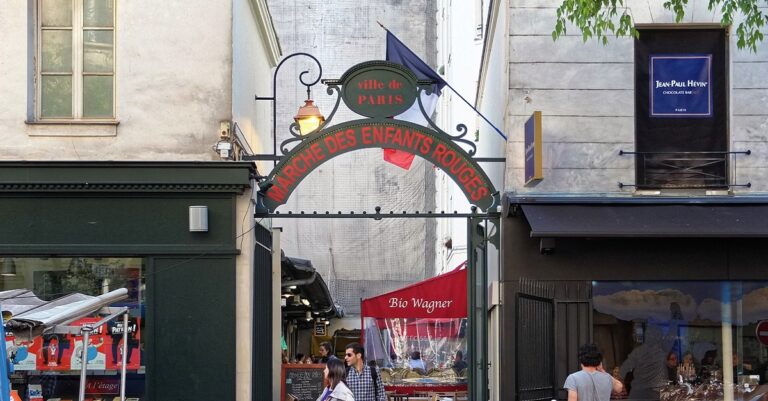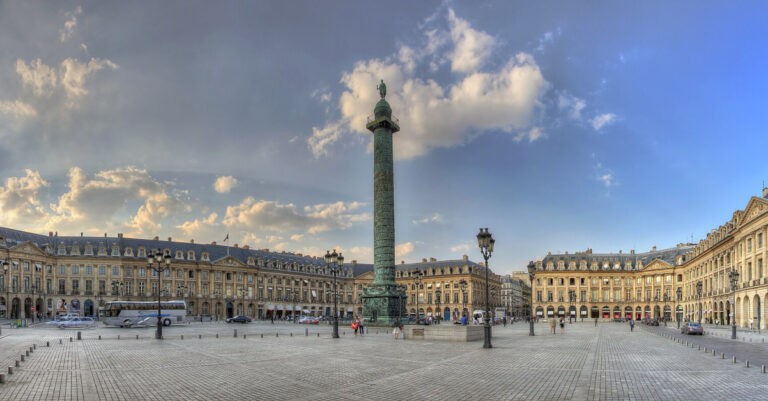Discover the Most Beautiful Squares in Paris
Capital of elegance and history, Paris is much more than the Eiffel Tower or the Champs-Élysées.
The City of Light is filled with majestic squares, each telling a fragment of its heritage in its own way.
Between lively meeting spots, historic crossroads, and charming hideaways around every corner, Parisian squares are true open-air treasures. Let’s discover together the most beautiful among them, which give Paris all its sparkle and unique character.
Place de la Concorde
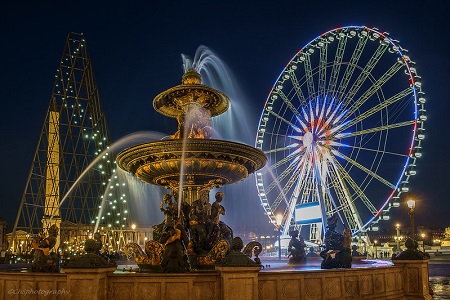
Covering 8.64 hectares, Place de la Concorde is the largest square in Paris.
The architecture was the result of a competition open only to members of the Royal Academy of Architecture.
Construction was completed in 1772, and it was first named “Place Louis XV.”
An equestrian statue of Louis XV, built in 1748, once stood here, but it was demolished on August 11, 1792, the day after the abolition of the monarchy. That same day, the square was renamed “Place de la Révolution.”
The guillotine was installed on the west side of the square and was used for the executions of Louis XVI, Marie Antoinette, and Malesherbes, among others.
After the Reign of Terror, it was renamed “Place de la Concorde.”
In 1831, Muhammad Ali, Viceroy of Egypt, offered France two obelisks. Two fountains, designed by architect Jacques-Ignace Hittorff between 1836 and 1846, were later added, indirectly paying tribute to the French Navy, whose Ministry headquarters is housed in one of Ange-Jacques Gabriel’s buildings.
📍 Location: Champs-Élysées district (8th arrondissement)
⭐ Reviews: 44,105
Place des Vosges
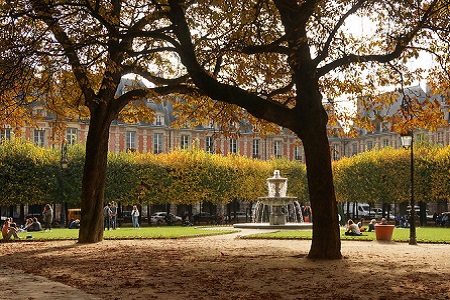
Formerly called Place Royale, it was renamed Place des Vosges in honor of the first French department to pay its taxes.
Commissioned by King Henri IV to beautify the capital, construction began in 1605 and it was inaugurated in 1612.
Soon, prestigious figures moved into the surrounding buildings, turning it into a square for the aristocracy.
At the time, the square was open to the public only once a year, on August 25, at the request of its residents.
Originally, there was no garden—the central area was meant to remain an open courtyard. In 1682, a first enclosed garden was installed, destroyed during the Revolution, and rebuilt in the 19th century into the version we know today.
📍 Location: Marais district (4th arrondissement)
⭐ Reviews: 16,526
Place de la Bastille
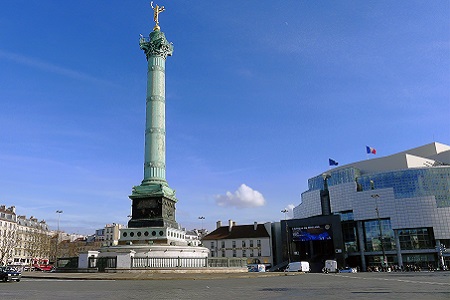
This square stands on the site where the Bastille fortress was destroyed between July 14, 1789, and July 14, 1790.
It is one of the key symbols of the French Revolution.
The guillotine was briefly installed here from June 9 to June 14, 1794, where 75 people were executed.
On May 24, 1871, the Communards attempted to destroy the July Column, as they had done with the Vendôme Column, but it remained intact.
At its center stands the July Column, built in 1831 and inaugurated in 1840.
Today, the square is a popular gathering place for demonstrations and protests.
📍 Location: 11th arrondissement
⭐ Reviews: 11,867
La place du Tertre
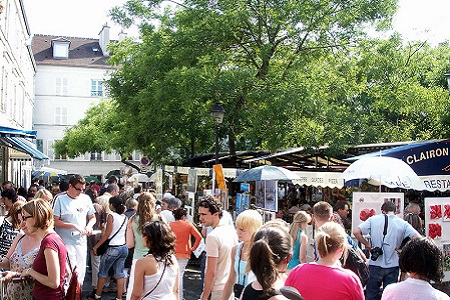
Perched on a small hilltop, Place du Tertre takes its name from its geographic location (“tertre” meaning a small flat-topped hill).
Every day, thousands of tourists flock here to admire its painters and portrait artists—a tradition dating back to the late 18th century.
Opened to the public in 1635, the square became occupied by painters, songwriters, and poets starting in the 18th century.
Today, it is divided into 149 small stalls (1 m² each), allowing artists to take turns exhibiting their work.
📍 Location: Clignancourt district (18th arrondissement – Montmartre)
⭐ Reviews: 9,301
Place du Trocadéro
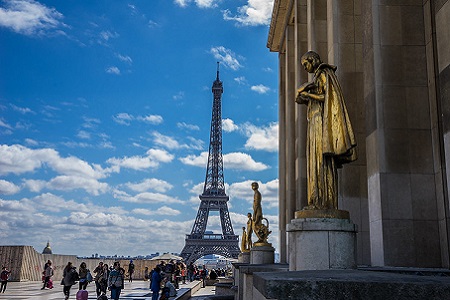
Located on the former domain of the Visitandines convent of Chaillot, the site was acquired by the State between 1811 and 1813.
From 1876 to 1935, the square was next to the Palais du Trocadéro. In 1877, it was officially named “Place du Trocadéro.”
Since the 1937 World’s Fair, the Palais de Chaillot has replaced the original palace. At its center once stood the Column of Peace by Albert Laprade, replaced in 1951 by a statue of Marshal Foch, designed by Robert Wlérick.
📍 Location: Chaillot district (16th arrondissement)
⭐ Reviews: 4,786
Place de la Nation
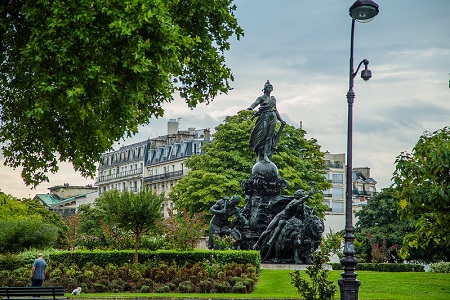
Originally called “Place du Trône Renversé,” it was renamed Place de la Nation during the 1880 national holiday.
The square is infamous for housing guillotines during the Revolution.
Today, it is a frequent starting point for demonstrations. At its center stands a monumental bronze sculpture, The Triumph of the Republic.
📍 Location: Sainte-Marguerite district (11th & 12th arrondissements)
⭐ Reviews: 3,860
Place Dauphine
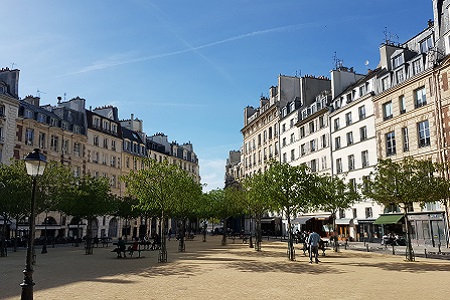
Built in honor of the Dauphin, the future Louis XIII, Henri IV donated the land at the western tip of the Île de la Cité.
Construction began in May 1607, with 32 identical houses featuring white stone chains, red bricks, and slate roofs with arcaded ground floors.
Arranged around a triangular square, it became a hub for trade and crafts, attracting goldsmiths, engravers, and lens makers.
Before the Revolution, it was used during the Feast of Corpus Christi for art exhibitions.
André Breton famously described Place Dauphine as “the sex of Paris” due to its triangular shape.
In the 20th century, it gained renewed interest as the residence of actors Simone Signoret and Yves Montand.
📍 Location: Île de la Cité (1st arrondissement)
⭐ Reviews: 1,618
Place Vendôme
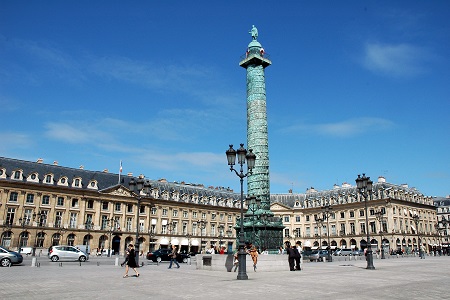
Named after the Hôtel de Vendôme and its gardens, this square was built in honor of César de Vendôme, son of Henri IV.
The Vendôme Column, erected in 1810, was inspired by Rome’s Trajan Column and replaced a statue of Louis XIV.
It was destroyed twice—in 1831 and again in 1871—before being restored in 1873.
Like Place de la Concorde, its name changed several times: from “Place Louis le Grand” to “Place des Conquêtes,” then “Place des Piques” during the Revolution, “Place Internationale,” and finally “Place Vendôme” in 1871.
It was originally a symbol of Louis XIV’s absolute power, later Napoleonic military might, and today, it epitomizes luxury and fashion.
📍 Location: 1st arrondissement
⭐ Reviews: 1,112
Place des Innocents

At its center stands the Fountain of the Innocents, the only Renaissance-era fountain in Paris still standing today.
It has undergone several modifications and relocations and has been classified as a historic monument since 1862.
The fountain was built in 1548 under King Henri II to celebrate his entrance into Paris.
Its name refers to the Holy Innocents—the newborns of Bethlehem murdered in the 1st century by King Herod, who feared the birth of a rival.
📍 Location: 1st arrondissement
⭐ Reviews: 500
Place de la république
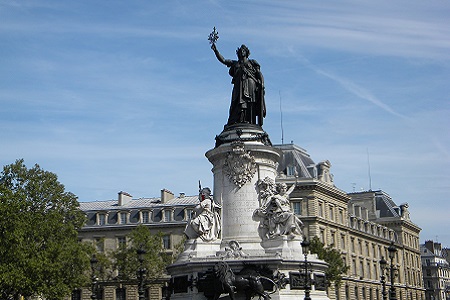
Originally a small Parisian square, it became an important crossroads for Parisian transport in the 19th century.
It was first called Place du Château-d’Eau because of a fountain that stood there.
In 1854, Baron Haussmann redesigned it.
It was later renamed Place de la République in honor of republican values.
An architecture competition was launched to redesign the square, won by the Morice brothers, who created the Monument to the Republic, a 25-meter-tall bronze statue.
📍 Location: 3rd arrondissement
⭐ Reviews: 341
Place de L’Opéra
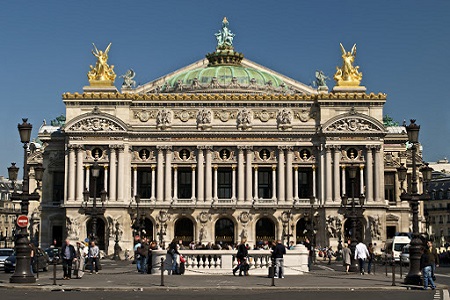
Located directly in front of the Palais Garnier, Place de l’Opéra was constructed simultaneously with Charles Garnier’s opera house.
It provides the necessary open space for pedestrians to admire the grand façade of the Opéra.
Designed as a hub connecting major Parisian boulevards, it was part of Baron Haussmann’s urban planning.
📍 Location: 9th arrondissement
⭐ Reviews: 302
Place Charles de Gaulle – Étoile
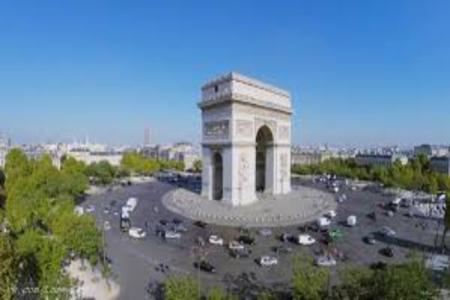
Originally named Place de l’Étoile due to its star-shaped layout, it was renamed on November 13, 1970, in honor of Charles de Gaulle, former French general and President.
At its center stands the Arc de Triomphe, built in 1806 under Napoleon I to honor the French armies and completed in 1836 under King Louis-Philippe.
Baron Haussmann later redesigned the square in 1854.
📍 Location: 8th arrondissement
⭐ Reviews: 300
Place Stravinsky
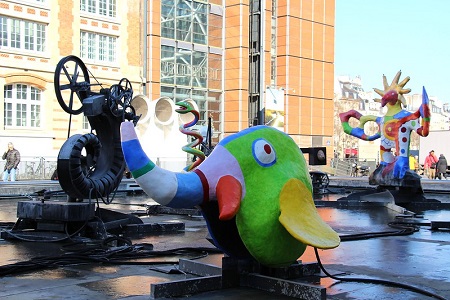
This square is named after the Russian composer Igor Stravinsky.
On the wall nearby is a stencil mural by street artist Jef Aérosol, depicting a man making a “shh” gesture.
At its center lies the Stravinsky Fountain, composed of 16 animated sculptures, each representing one of Stravinsky’s works.
More recently, artist Shepard Fairey (Obey) added a new piece next to the mural, marking his 100th work in Paris.
The Pompidou Center stands nearby, making this square a cultural hotspot.
📍 Location: Saint-Merri district (4th arrondissement)
⭐ Reviews: 208
Place de l’hôtel de ville
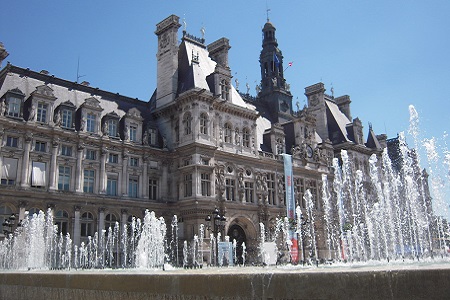
This square fronts the Hôtel de Ville, the seat of Paris’s municipal institutions.
The original building was replaced in 1533 after city officials obtained permission from King François I in 1529.
Religious wars delayed construction, which was only completed in 1628 under Louis XIII.
The square has often been a rallying point for riots and demonstrations, as it represents municipal power.
Today, it is called Esplanade de la Libération, though it was formerly known as Place de la Grève.
📍 Location: 4th arrondissement
⭐ Reviews: 200
Place Furstenberg
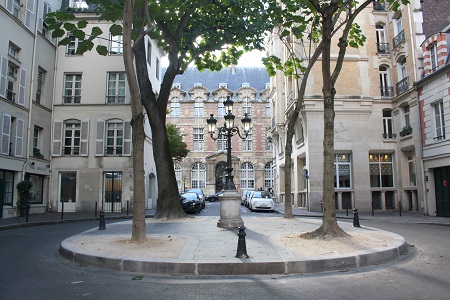
Located near the Church of Saint-Germain-des-Prés, this small, romantic square is named after Cardinal Guillaume Egon de Fürstenberg, abbot of Saint-Germain-des-Prés in the early 18th century.
At Nos. 6 and 8, two dependencies of the abbey stables remain, now housing the Eugène Delacroix Museum.
In the 17th century, the square served as the forecourt of the abbey palace.
At its center stands a charming five-branched lamppost.
Today, Place Furstenberg is often considered the most romantic square in Paris.
📍 Location: Saint-Germain-des-Prés district (6th arrondissement)
⭐ Reviews: 109
Place Denfert Rochereau
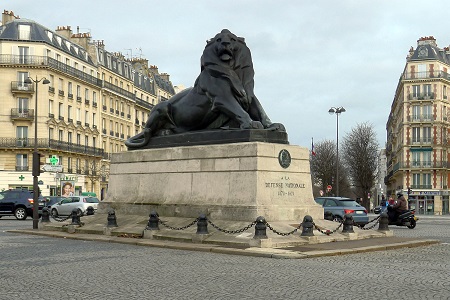
Named after Colonel Denfert-Rochereau, the heroic defender of Belfort during the Franco-Prussian War of 1870.
At its center proudly stands the Lion of Belfort, symbolizing resistance against Prussia (now Germany).
📍 Location: 14th arrondissement
⭐ Reviews: 35
Place Maurice Chevalier
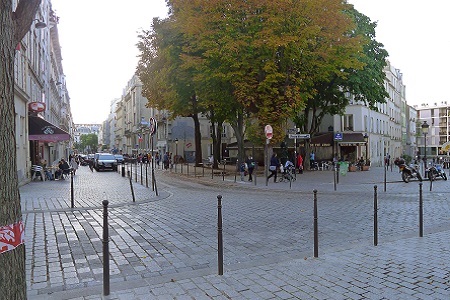
This square is named after the famous French singer and actor Maurice Chevalier, who lived in this neighborhood.
It is a quiet, relaxed square where locals gather, often enjoying drinks on outdoor terraces.
At its center stands one of Paris’s iconic Wallace fountains.
📍 Location: Belleville district (20th arrondissement)
⭐ Reviews: 21
Place Gaillon
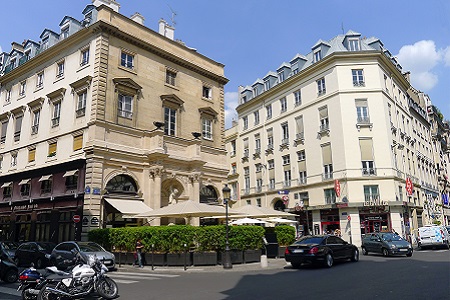
Originally a crossroads, it was officially named Place Gaillon in 1936, after the Hôtel Gaillon once located nearby.
The square features the Gaillon Fountain, built in 1828 by architect Louis Visconti, as well as a well-known restaurant where a literary prize is awarded each year.
📍 Location: Gaillon district (2nd arrondissement)
⭐ Reviews: 11
Place Edouard VII
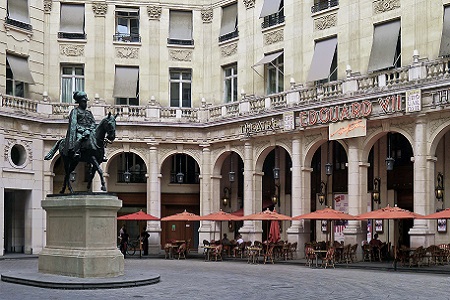
Named after King Edward VII of the United Kingdom (1901–1910), this square is home to the Théâtre Édouard VII.
From 1921, the Société Générale bank occupied most of the square’s buildings, closing Rue Édouard VII to the public. It reopened in 1992 when the bank relocated.
At its center stands a statue of King Edward VII, sculpted by Paul Landowski in 1913.
📍 Location: Chaussée-d’Antin district (9th arrondissement)
⭐ Reviews: 7
Place Sainte-Marthe
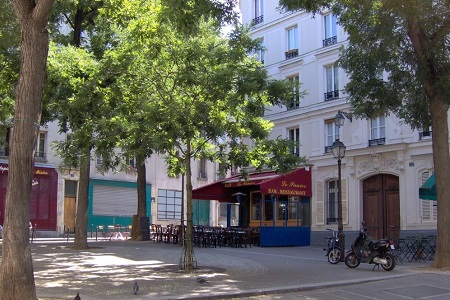
Located at the end of Rue Sainte-Marthe, this charming square is lined with cafés and bars.
Once a working-class area, it underwent major renovations in 2000, while preserving its friendly, village-like atmosphere with small local shops.
📍 Location: Hôpital Saint-Louis district (10th arrondissement)
⭐ Reviews: 6

